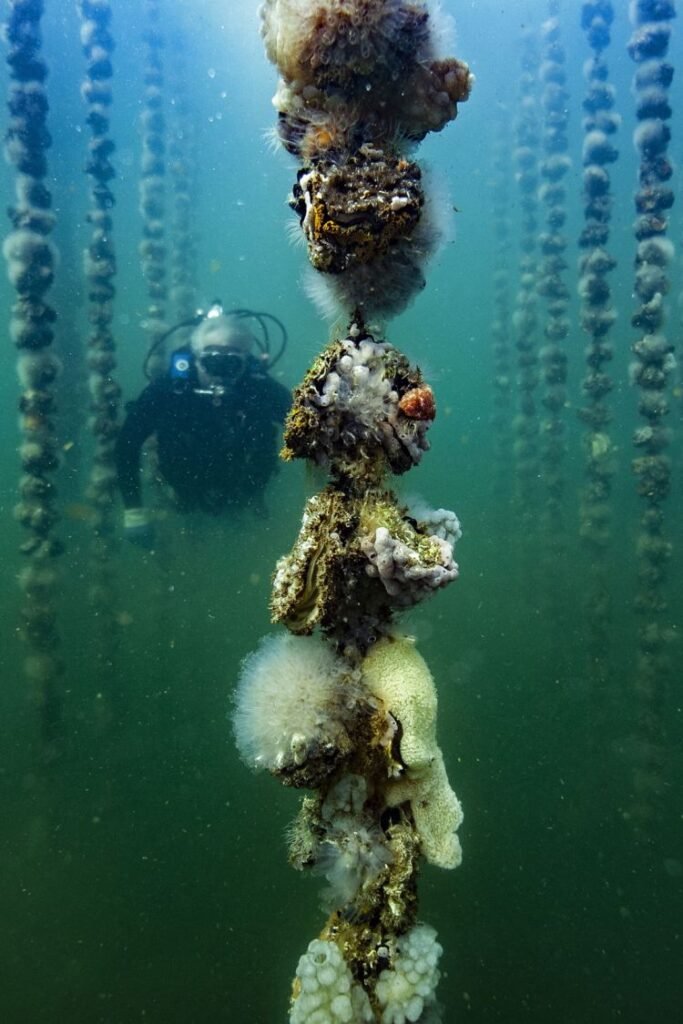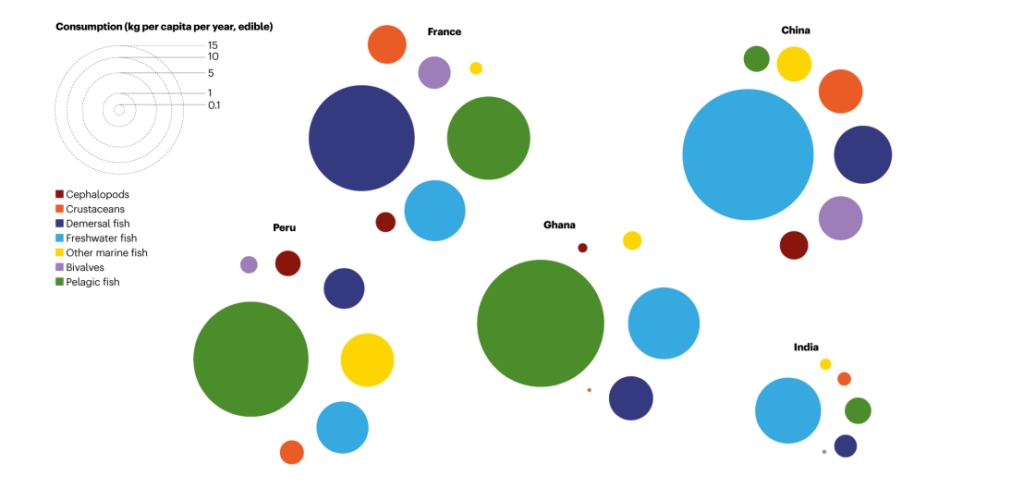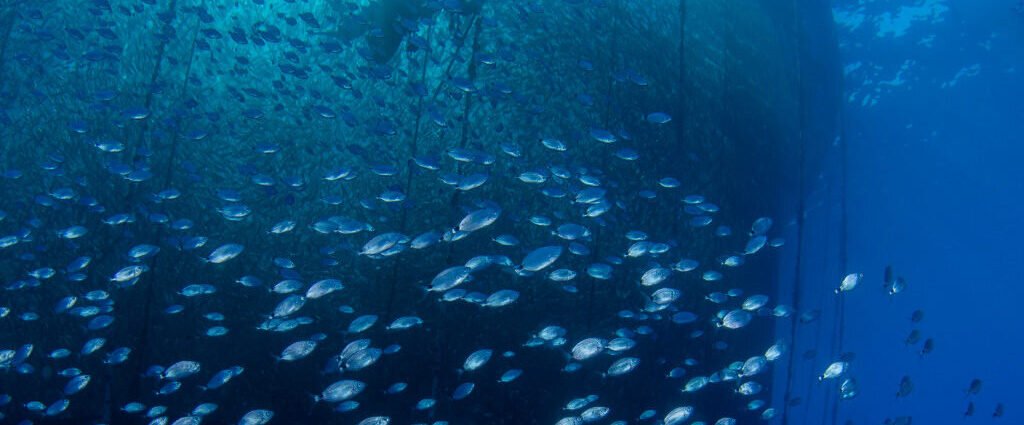Thanks to the implementation of factory farming methods for livestock, we have achieved the remarkable feat of producing meat at an unprecedentedly low cost. As a result, our consumption of meat has increased threefold over the past 50 years.

Given that cow flatulence is releasing gases that are increasing global temperatures and the Amazon rainforest is being destroyed for cattle feed, it has become evident that the existing methods of meat production and consumption are significantly harming the well-being of our planet.
In fact, it isn’t particularly good for human health, either. Consuming meat excessively, especially the red and processed kinds, exposes us to higher risks for various lifestyle-related diseases.

Given the increasingly constricted availability of arable land, scientists have ardently implored policymakers and influential decision-makers to gracefully shift their focus towards the realm of “blue foods” – – animals, plants and algae harvested from natural and artificial aquatic environments.
The concept of blue foods, particularly aquatic creatures, being less detrimental to the environment, is inherently straightforward. As cold-blooded organisms, they do not expend energy from their nourishment to regulate their body temperature. Consequently, this translates into a greater quantity of meat per unit of feed in comparison to warm-blooded land animals, thus presenting a more sustainable choice.

Despite not reaching the staggering surge witnessed in meat consumption, the global fascination for blue foods has been steadily on the rise. In the year 2018, individuals across the globe indulged in an average of 15.1 kilograms of these exceptional delicacies annually, showcasing a remarkable increase from the modest 11.5 kilograms per person per year recorded back in 1998.
By carefully choosing the most resilient species, eliminating the threat of predators, and meticulously engineering optimal environmental conditions, aquaculturists are able to cultivate superior quality blue foods at a significantly reduced cost compared to the uncertainties and expenses associated with deep-sea fishing.

According to the United Nations, approximately 120 million individuals are involved in the noble pursuit of wild-capture fisheries, both directly and indirectly, in contrast to the comparatively meager 15 million engaged in aquaculture.
While aquatic production systems may not be a universal solution to all our concerns about food security and sustainability, they offer great potential for enhancing food security in the midst of climate change.
Reference- National Geographic, UN Report, Nature, Our World in Data, aeon magazine






